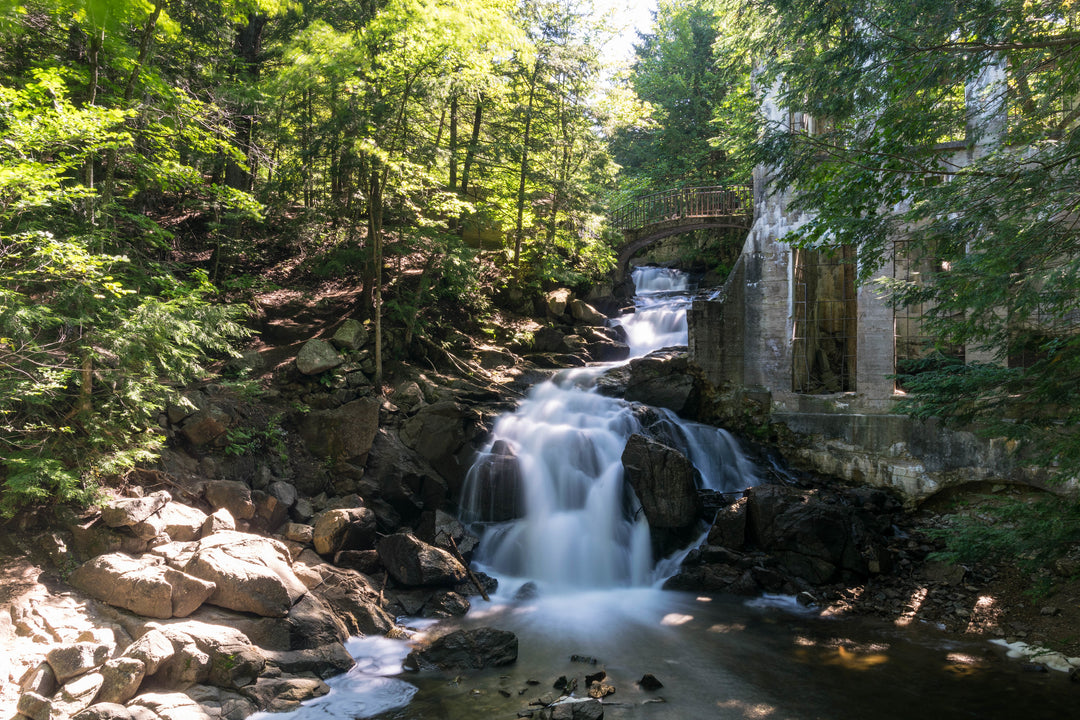Top 5 Places to Camp in Mammoth Lakes

Camping, sometimes known as glamping, is a popular outdoor pastime. It denotes a shorter stay in nature away from the city. Campers venture beyond the conventional tourist traps and seek to enjoy their holiday in character.
It is essential to select a camping location. Still, you must also consider the camping equipment without which this activity would be impossible. It is tented throughout the year, although spring, summer, and fall are the most popular times.
Many organized camps exist, although many people choose to camp independently. The alleged "Wild." You can choose between organized and unarranged centers.
Camping has been demonstrated to reduce stress and promote mental and physical well-being (depending on how much you eat). Campers have an internal joke that insufficient camping causes tension, which they don't comprehend as a phenomenon, questioning who wouldn't want to camp when allowed to have everything in nature at his fingers and more time to explore? As a result, people are increasingly interested in camping in all of its forms, from wild camping to adventure camping and glamping.
Mammoth Lakes is a beautiful place to camp and enjoy nature with your friends and family. There are various fantastic campgrounds in the Sierra Nevada. Still, this post focuses on the top Mammoth Lakes region campgrounds to visit this summer.
Mammoth Lakes is found in the Eastern Sierra Nevada at 7,880 feet and is known for its ski resorts. Cross-country skiing, downhill skiing, snowboarding, mountain biking, camping, backpacking, trekking, visiting historic sites, hunting, and fishing in the town's many lakes and streams are just a few of the winter and summer activities available. Throughout the summer, the city hosts many music and other events.
A bit of history of Mammoth Lakes
Thousands of years ago, the Mono people were the first residents in the Mammoth Lakes area. They settled in the valley but journeyed to other places on foot to trade with various tribes. Mammoth Lakes' European history began in 1877, when four prospectors established a claim on Mineral Hill, along Old Mammoth Road, south of the modern town.
The Mammoth Mining Company was formed in 1878 to mine Mineral Hill, resulting in a gold rush. By the end of 1878, 1500 people had settled in Mammoth City, a mining community. However, the industry was closed by 1880, and the population had dropped to less than ten persons by 1888. The community of Mammoth had formed informally around Mammoth Creek by the early 1900s. The old town's economy was focused on forestry and tourism. Mammoth Lakes' first post office opened in 1923.
There are several good campgrounds in the Mammoth Lakes region where you might spend your next camping holiday. The Inyo National Forest is home to all of the campsites. This post will highlight 5 of the top Mammoth Lakes region campsites, all located within or near the town. These campgrounds feature 657 campsites. We will pick the Top 5 for you to visit and enjoy them.
Tuff Campground
At 7,000 feet, Tuff Campground includes 33 campsites near Rock Creek in the Inyo National Forest. This Sierra Nevada campsite is located around 13 miles north of Mammoth Lakes and 25 miles north of Bishop. The campground is surrounded by sagebrush, aspen, cottonwood, and Jeffrey pine. However, most of the campsites are in the open sagebrush region. The camp is one of the earliest to open in the spring. However, it is available from late May through September.
Tents, trailers, and RVs are all welcome at the campground. A table, fire ring, grate, and food storage container are provided at each campground. In addition, there is drinking water, vault toilets, and a disposal station at the campground. The camp host will also sell you some firewood. Fishing, hiking, rock climbing, camping, stargazing, picnics, and animal viewing are all examples of outdoor activities.
Convict Lake Campground
Convict Lake is a popular fishing and hiking spot with various other family-friendly outdoor activities such as bicycling, rock climbing, winter sports, and animal viewing. A general store, boat and equipment rentals, a bait shop, and a restaurant are also available.
Convict Lake Campground is nestled in a picturesque Sierra Nevada canyon with excellent views of the surrounding mountains and a 167-acre lake and has 88 campsites.
There are no connections at any of the campsites. Convict Creek runs through the camp, with bushes, aspens, and cottonwood trees growing alongside it. From mid-April until early October, the campsite is usually open. Let's talk a bit about Convict Lake and the name it got. Before Moses Black and Leander Morton escaped from the Nevada State Penitentiary with roughly 29 others on September 17, 1871, Convict Lake was known as Diablo Lake.
A shootout occurred between the posse and outlaws along Convict Creek. Black Morton and another inmate went to Bishop, but the authorities quickly apprehended them. Vigilantes finally were caught and hanged.
Devils Postpile National Monument Campground
Devil's Postpile National Park is home to a remarkable columnar basalt structure that is 60 feet tall. There are numerous hiking and exploration trails. About two miles downstream from the Postpile formation, Rainbow Falls descends 101 feet and provides an excellent picture opportunity. Tracks are also accessible from this location for backpackers.
There are 21 first-come, first-served campsites in Devils Postpile National Monument Campground. Only a few spots can accommodate campers and trailers longer than 30 feet. Anything more significant isn't a good idea. Six persons and two cars are allowed per campsite. On weekends and holidays, the camp frequently fills up quickly. There are flush toilets and running water at the campsite. A table, food storage, fire ring, and grill are also available.
Outdoor activities include fishing, backpacking, hiking, picnics, horseback riding, astronomy, and animal viewing. If you need supplies, the town of Mammoth Lakes is around 12 miles away. If you don't want to drive, you can take a shuttle. Reds Meadow is next to a small grocery and restaurant. At Reds Meadow, there are also showers.
Minaret Falls Campground
Minaret Falls Campground is located along the Middle Fork of the San Joaquin River in the Inyo National Forest in the Sierra Nevada. The campsite is in a lovely alpine environment at 7,400 feet in Reds Meadow Valley. Minaret Falls is a short walk from the camp as well.
Minaret Falls Campground features 26 campsites (first-come, first-served). A table, fire ring, grill, and food storage locker are provided at each campground. In addition, there are drinking water and vault toilets at the campsite. Keep in mind that, while the sites can accommodate tents, trailers, and RVs, getting to the camp will require driving down a narrow/one-lane road, which may be challenging if you have a large trailer or RV.
Outdoor activities include fishing, backpacking, hiking, picnics, horseback riding, astronomy, and animal viewing. If you need supplies, the town of Mammoth Lakes is around 12 miles away. If you don't want to drive, you can take a shuttle. Reds Meadow is also next to a small grocery and restaurant.
Reds Meadow Campground
The San Joaquin River and Devils Postpile National Monument are adjacent to Reds Meadow Campground, which offers 56 campsites. You'll have to travel down a small, single-lane road to get to the campground. Only registered campers are permitted to drive down the road to the campground. The campsite typically opens in early June and closes in September. Reds Meadow Resort also offers six cottages available for rent.
All campsites are first-come, first-served, and tents, trailers, and small RVs are welcome. However, remember that huge trailers and RVs will struggle to navigate the campground's tiny road. There is drinking water, flush toilets, and hot showers at the campground. A food locker, table, fire ring, and grill are available at each campsite.
Outdoor activities include fishing, backpacking, hiking, picnics, horseback riding, astronomy, and animal viewing. If you need supplies, the town of Mammoth Lakes is around 12 miles away. If you don't want to drive, you can take a shuttle. Reds Meadow is also next to a small grocery and restaurant.
Conclusion
Camping can provide a more immersive and memorable outdoor experience than tourist traps. By selecting the right camping location, you can enjoy nature in character. It is essential to consider camping equipment before embarking on this activity. There are numerous places to camp in Mammoth Lakes, some of which we have highlighted. Whether you're looking for a serene alpine environment or want to be next to a river, you can find the perfect camping spot in Mammoth Lakes.






